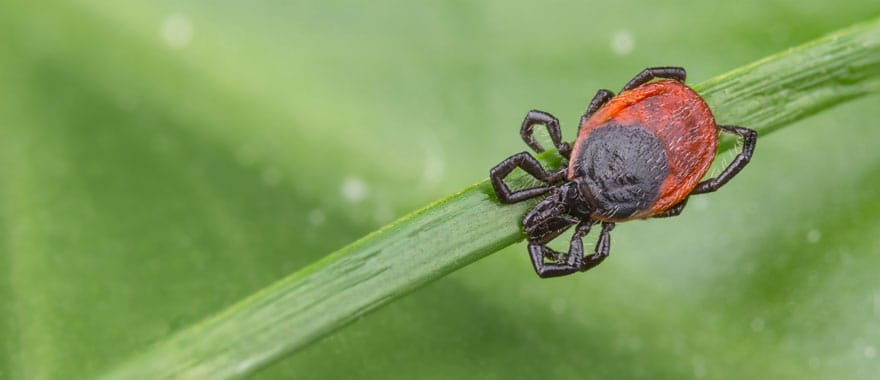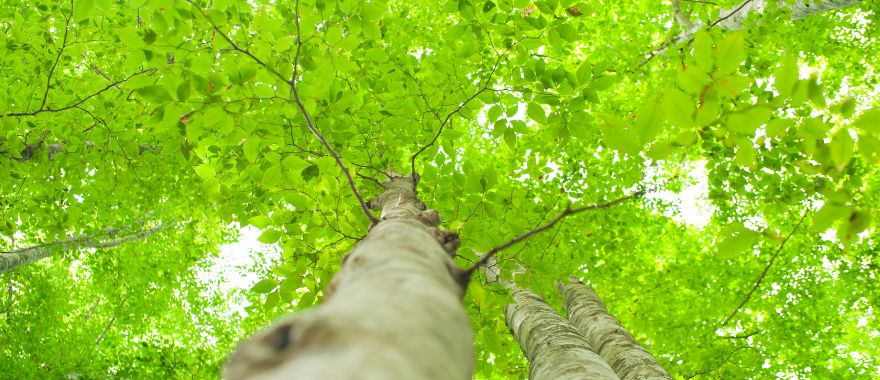
Beech trees (botanical name Fagus) are one of the most commonly found trees in Connecticut’s native forests. These beautiful shade trees have lime green leaves and a dense canopy that gives the tree a rounded shape. In spring, beech trees produce small clusters of yellow-green flowers that are followed by beech tree fruit or beechnuts. In autumn, the leaves turn from green to beautiful autumn shades of orange, yellow, and golden brown.
There are 13 species of beech trees, most of which belong to the genus Fagus. The most common types of beech trees in Connecticut are:
- the American beech tree (Fagus grandifolia) and
- the European beech tree (Fagus sylvatica), including the ornamental copper or purple beech.
Beech trees are easy-care, versatile trees that thrive in a range of conditions, although they prefer rich, fertile soil with excellent drainage. As a beautiful landscape tree, beech tree varieties are relatively resistant to pests, disease, and deer.
This article will help you identify beech trees by looking at their size, leaves, flowers, fruit, and bark.
Beech trees in Connecticut are facing a deadly infection by Beech Leaf Disease. See if your tree has Beech Leaf Disease and what to do if it does.
How to Recognize a Beech Tree
Loss of Leaves in Winter
Beech trees are deciduous. They lose their leaves in the fall and grow new leaves in the spring.
Large Size
Beech trees are tall (they can grow up to 40 to 60 feet), with a dense, rounded crown of leaves.
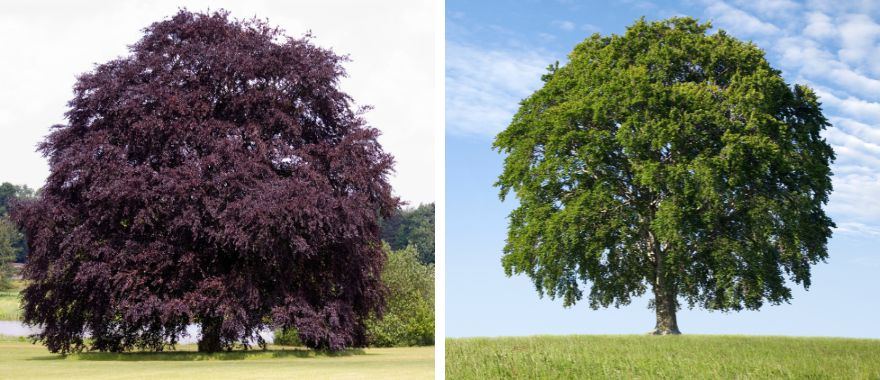
Smooth Gray Bark
Beech tree bark is smooth and light gray. As the tree matures, the bark can become more rugged, depending on the type. Ridges that look like shallow horizontal cracks can develop on the trunk over time.
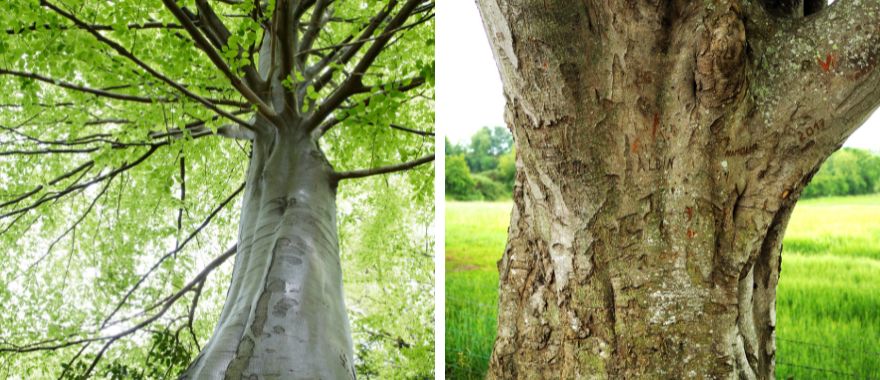
Leaf Shape & Color
Young beech leaves are light or lime green. They turn a glossy dark green in summer. In fall, the leaves turn orange, yellow, or brown.
The leaf shape is described as “ovate to elliptical” (a little like a cross between an oval and a diamond) with a pointed tip. Beech leaves can be 2 to 6 inches long and up to 4 inches wide.
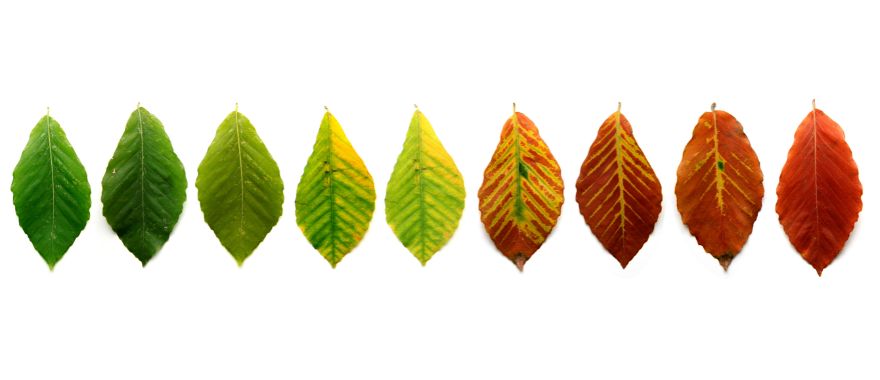
Beach leaf veins run parallel to each other from one end of the leaf to the other. Leaf edges are ridged or toothed.
Beech trees tend to have a lot of leaves, which is why they make such great shade trees.
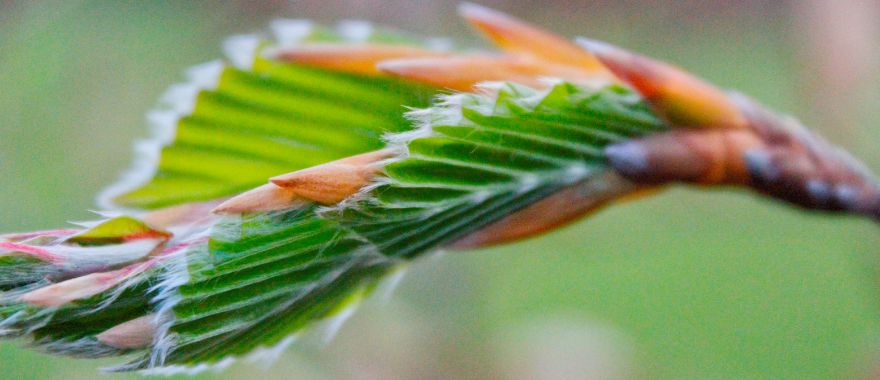
Young beech leaves emerging in spring.
Spring Flowers
Beech trees have spring flowers that appear after the new leaves emerge in spring. But don’t let the word “flowers” fool you; they’re actually yellowish-green catkins.
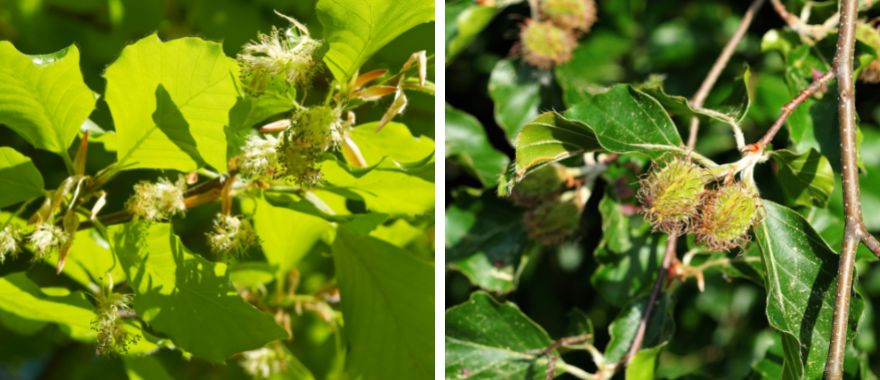
Autumn Beechnuts
Beech tree fruit, or beechnuts, are brown, triangular, and contained in spiky husks.
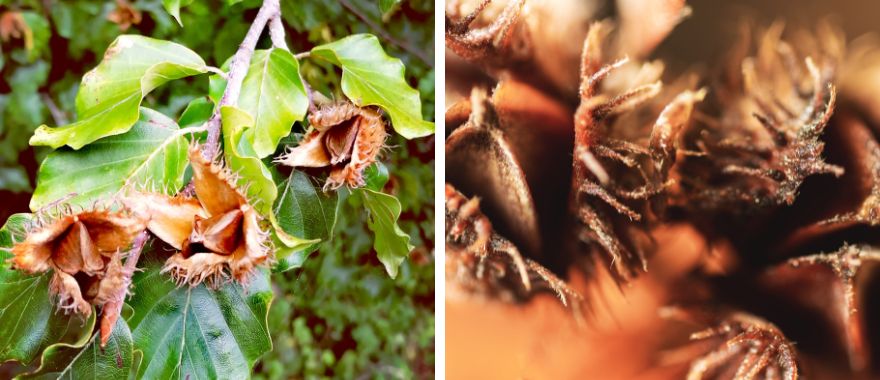
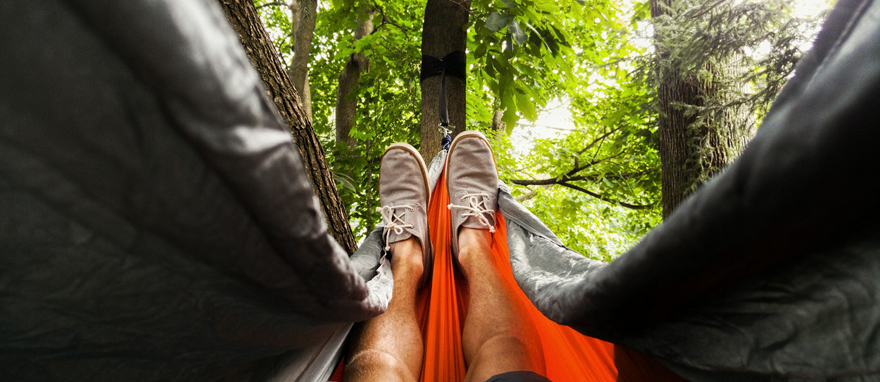 Is there anything better than lazing away a summer day in a hammock under the shade of two beautiful trees?
Is there anything better than lazing away a summer day in a hammock under the shade of two beautiful trees?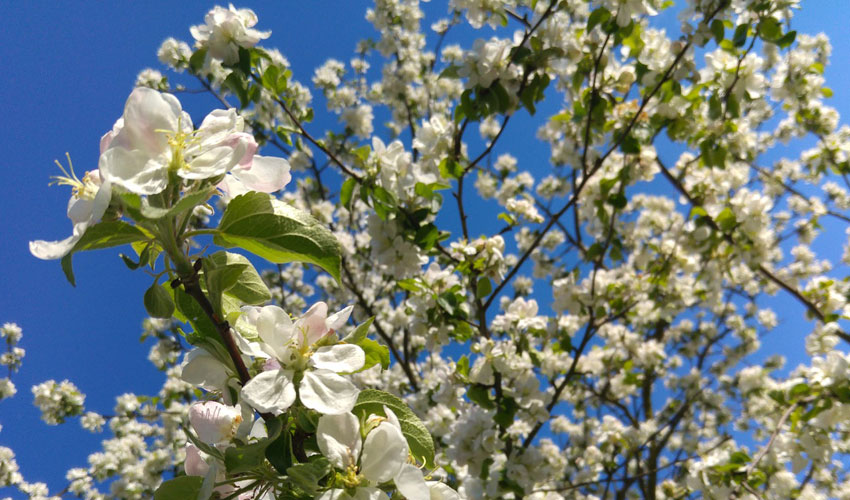
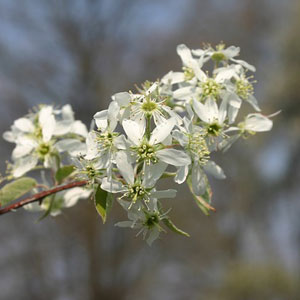 The remarkably hardy downy serviceberry (Amelanchier arborea, 15-25 feet) is a vase-shaped small tree that produces lots of fragrant, delicate white flowers that feed bees in mid-spring. The tough Connecticut native is tolerant of both partial shade and clay soils, in addition to being disease resistant. The spring flowers are followed by edible, tart-sweet, purple-red fruits that are favored by songbirds. Exceptional orange-red fall foliage and smooth gray bark extend its interest into fall and winter.
The remarkably hardy downy serviceberry (Amelanchier arborea, 15-25 feet) is a vase-shaped small tree that produces lots of fragrant, delicate white flowers that feed bees in mid-spring. The tough Connecticut native is tolerant of both partial shade and clay soils, in addition to being disease resistant. The spring flowers are followed by edible, tart-sweet, purple-red fruits that are favored by songbirds. Exceptional orange-red fall foliage and smooth gray bark extend its interest into fall and winter.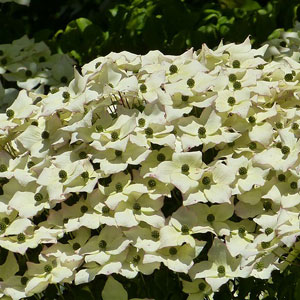 American dogwoods are fantastically beautiful Connecticut natives, but they are so prone to the deadly disease anthracnose that I generally don’t recommend them. One variety shown to stand up to anthracnose is ‘Appalachian Spring’, which has pretty, white, mid-spring flowers and eye-catching red fruits and foliage in fall.
American dogwoods are fantastically beautiful Connecticut natives, but they are so prone to the deadly disease anthracnose that I generally don’t recommend them. One variety shown to stand up to anthracnose is ‘Appalachian Spring’, which has pretty, white, mid-spring flowers and eye-catching red fruits and foliage in fall.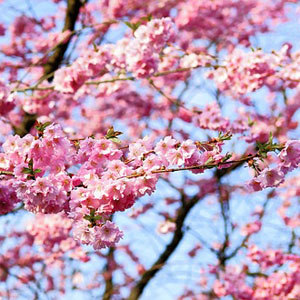 Weeping flowering cherries lend classic beauty to spring landscapes and some offer added landscape interest after the flowers have faded. The Weeping Extraordinaire™ Double Flowering Cherry (Prunus ‘Extrazam’, 20 feet) is vigorous and bears spectacular double pink blooms in early spring. In fall, its crisp green foliage turns burgundy.
Weeping flowering cherries lend classic beauty to spring landscapes and some offer added landscape interest after the flowers have faded. The Weeping Extraordinaire™ Double Flowering Cherry (Prunus ‘Extrazam’, 20 feet) is vigorous and bears spectacular double pink blooms in early spring. In fall, its crisp green foliage turns burgundy.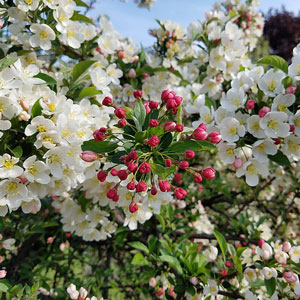 Crabapples lost favor with Connecticut homeowners because of chronic disease problems, but newer varieties are wonderfully disease resistant. The red-flowered Prairifire crabapple (Malus ‘Prairifire’, 15-20 feet), is a perfect example. High disease resistance, colorful spring flowers, and persistent red crabapples have made it a top-notch landscape tree.
Crabapples lost favor with Connecticut homeowners because of chronic disease problems, but newer varieties are wonderfully disease resistant. The red-flowered Prairifire crabapple (Malus ‘Prairifire’, 15-20 feet), is a perfect example. High disease resistance, colorful spring flowers, and persistent red crabapples have made it a top-notch landscape tree.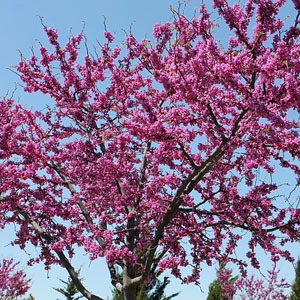 Native redbuds (Cercis canadensis, 20-30 feet) look like puffs of reddish smoke when in bloom and pair beautifully with American dogwoods. Brilliant, bee-pollinated, purple-red flowers line the bare branches in mid-spring. The trees have an attractive, broad, branching structure and heart-shaped leaves that look pretty through summer. Two unique landscape varieties include the purple-leaved ‘Forest Pansy’ and chartreuse-leaved ‘Hearts of Gold’.
Native redbuds (Cercis canadensis, 20-30 feet) look like puffs of reddish smoke when in bloom and pair beautifully with American dogwoods. Brilliant, bee-pollinated, purple-red flowers line the bare branches in mid-spring. The trees have an attractive, broad, branching structure and heart-shaped leaves that look pretty through summer. Two unique landscape varieties include the purple-leaved ‘Forest Pansy’ and chartreuse-leaved ‘Hearts of Gold’.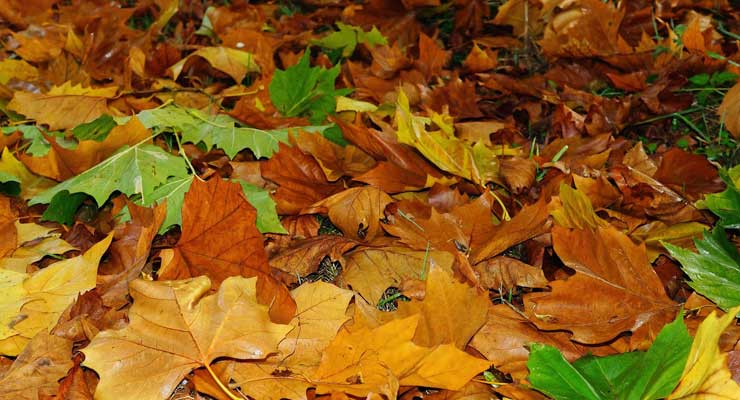
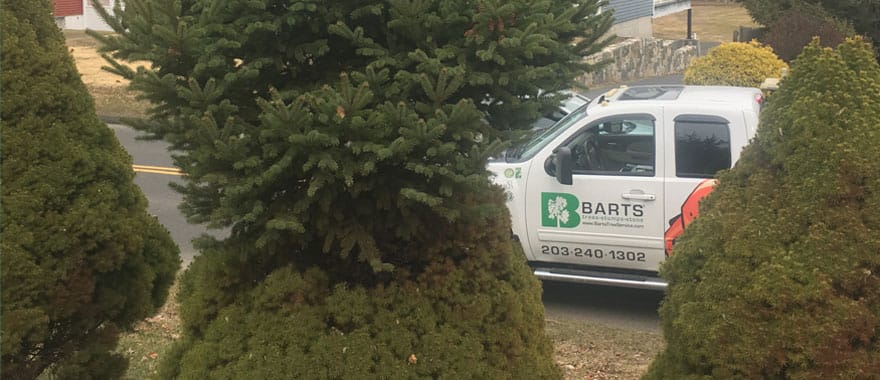
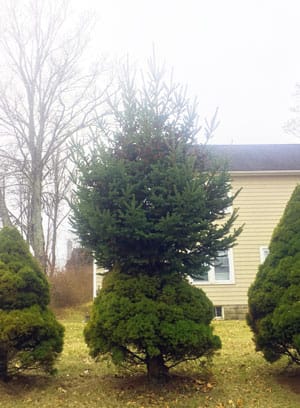
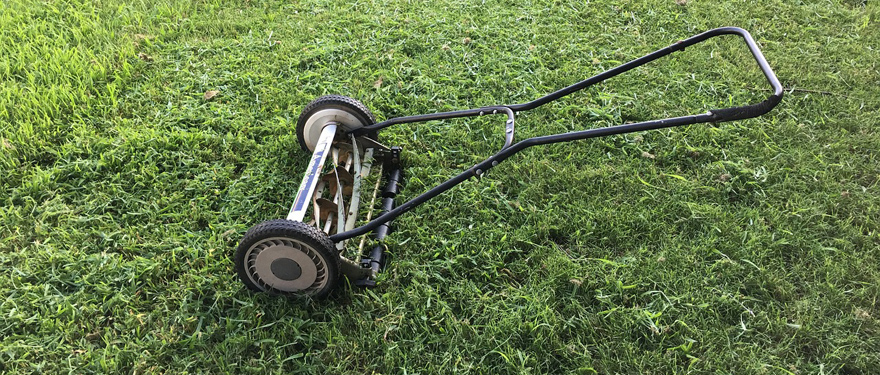
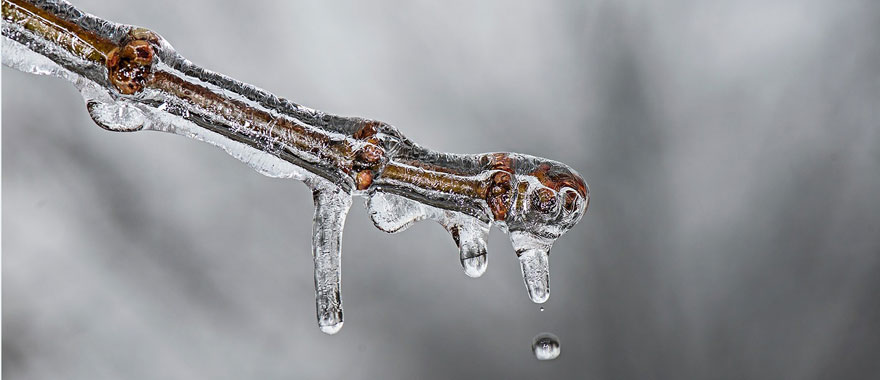
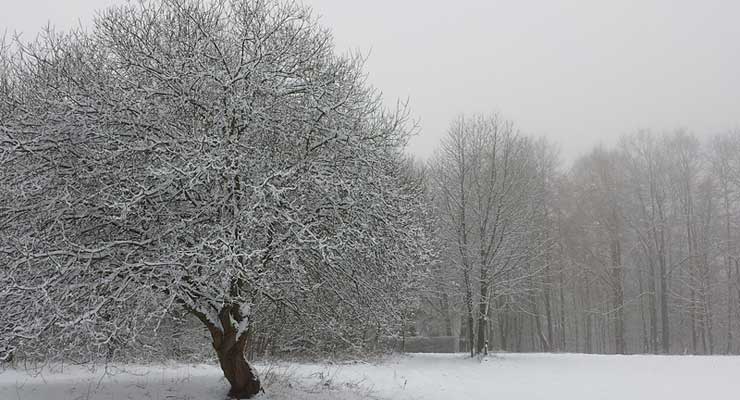
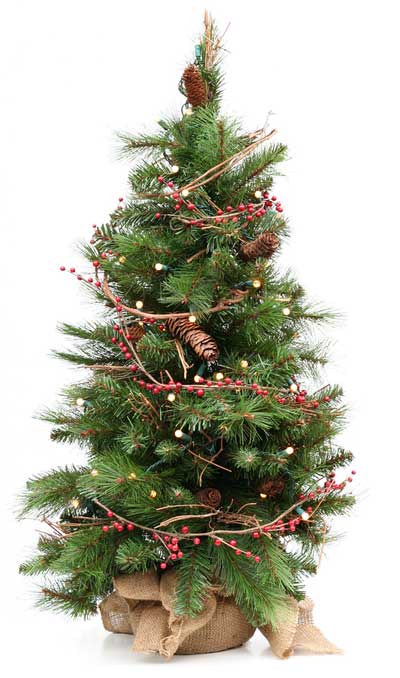 Ready to try something a little different this year? How about a live Christmas tree? Not only are they beautiful, they’re an environmentally friendly alternative to the typical cut (and dead) tree. But live trees take a little more effort and care if you want them to survive the holidays.
Ready to try something a little different this year? How about a live Christmas tree? Not only are they beautiful, they’re an environmentally friendly alternative to the typical cut (and dead) tree. But live trees take a little more effort and care if you want them to survive the holidays.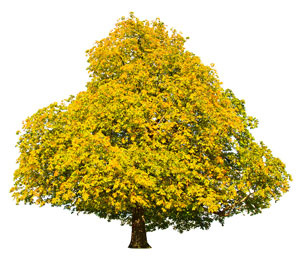 Summer brings with it BBQs, vacations, swimming, boating and enjoying the great outdoors.
Summer brings with it BBQs, vacations, swimming, boating and enjoying the great outdoors.


